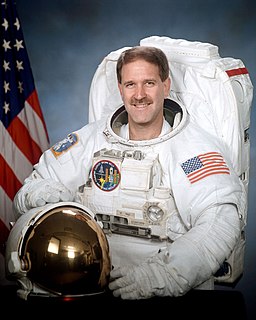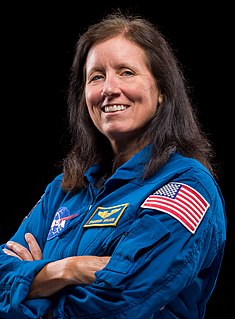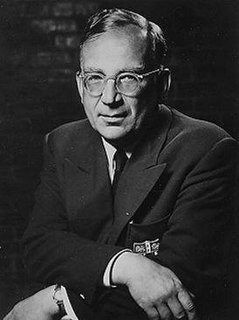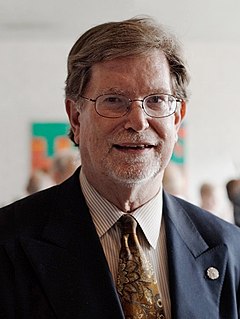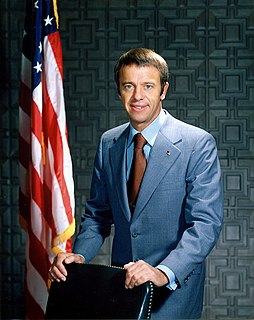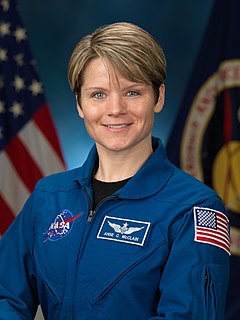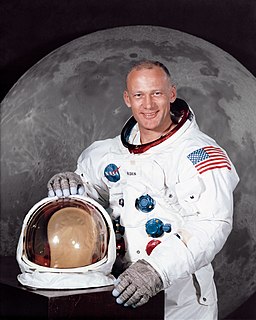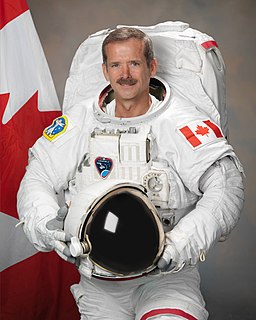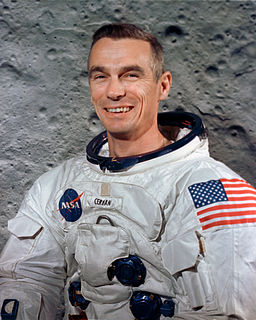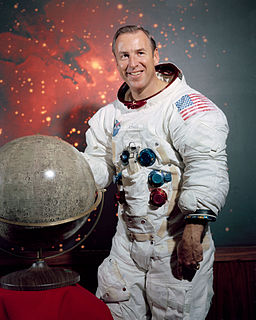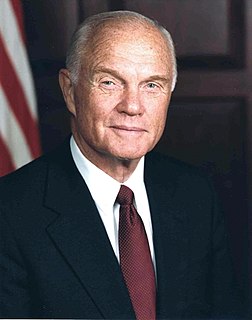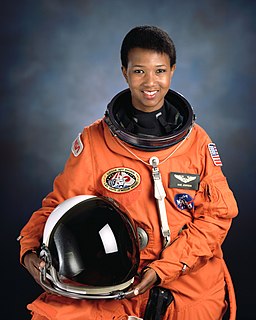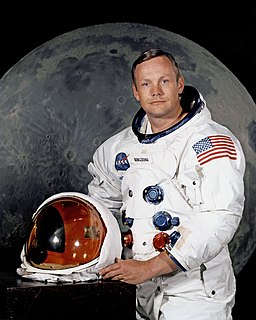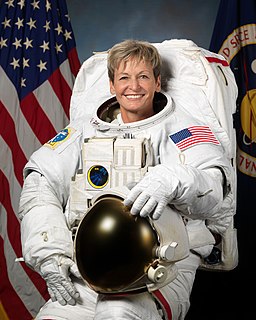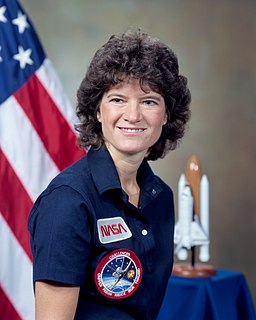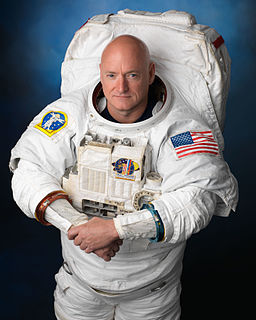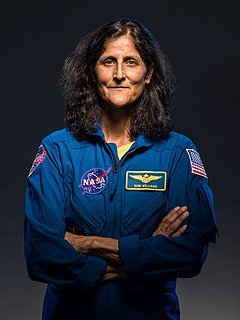A Quote by John M. Grunsfeld
The James Webb Space Telescope was specifically designed to see the first stars and galaxies that were formed in the universe.
Related Quotes
The Hubbell space telescope, it's first year up after they fixed it, categorized and counted 500 billion galaxies in any one photograph field of view of dark matter. That's like grains of sand at the beach and you've just got a handful. It's massive amounts. I'm sure that of all of the galaxies, and I'm sure the universe is teeming with life.
You know; when I look at the night sky and I see this enormous splendor of stars and galaxies, I sometimes ask the question, well how many worlds are we talking about? Well do the math, there are about 100 billion galaxies that are in the visible universe and each galaxy in turn contains about 100 billion stars, you multiply and you get about ten billion trillion stars. Well I think it is the height of arrogance to believe that we are alone in the universe, my attitude is that the universe is teaming, teaming with different kinds of life forms
We have all kinds of limitations as human beings. I mean we can't see the whole electromagnetic spectrum, we can't see the very small, we can't see the very far. So we compensate for these short comings with technological scaffoldings. The microscope allows us to extend our vision into the microsphere. The telescope allows us to extend our vision into the macrosphere, the Hubble Space Telescope extends our optic nerve into space, and it allows us to mainline space and time through our optic nerve.
The universe and the Laws of Physics seem to have been specifically designed for us. If any one of about 40 physical qualities had more than slightly different values, life as we know it could not exist: Either atoms would not be stable, or they wouldn't combine into molecules, or the stars wouldn't form heavier elements, or the universe would collapse before life could develop, and so on...
